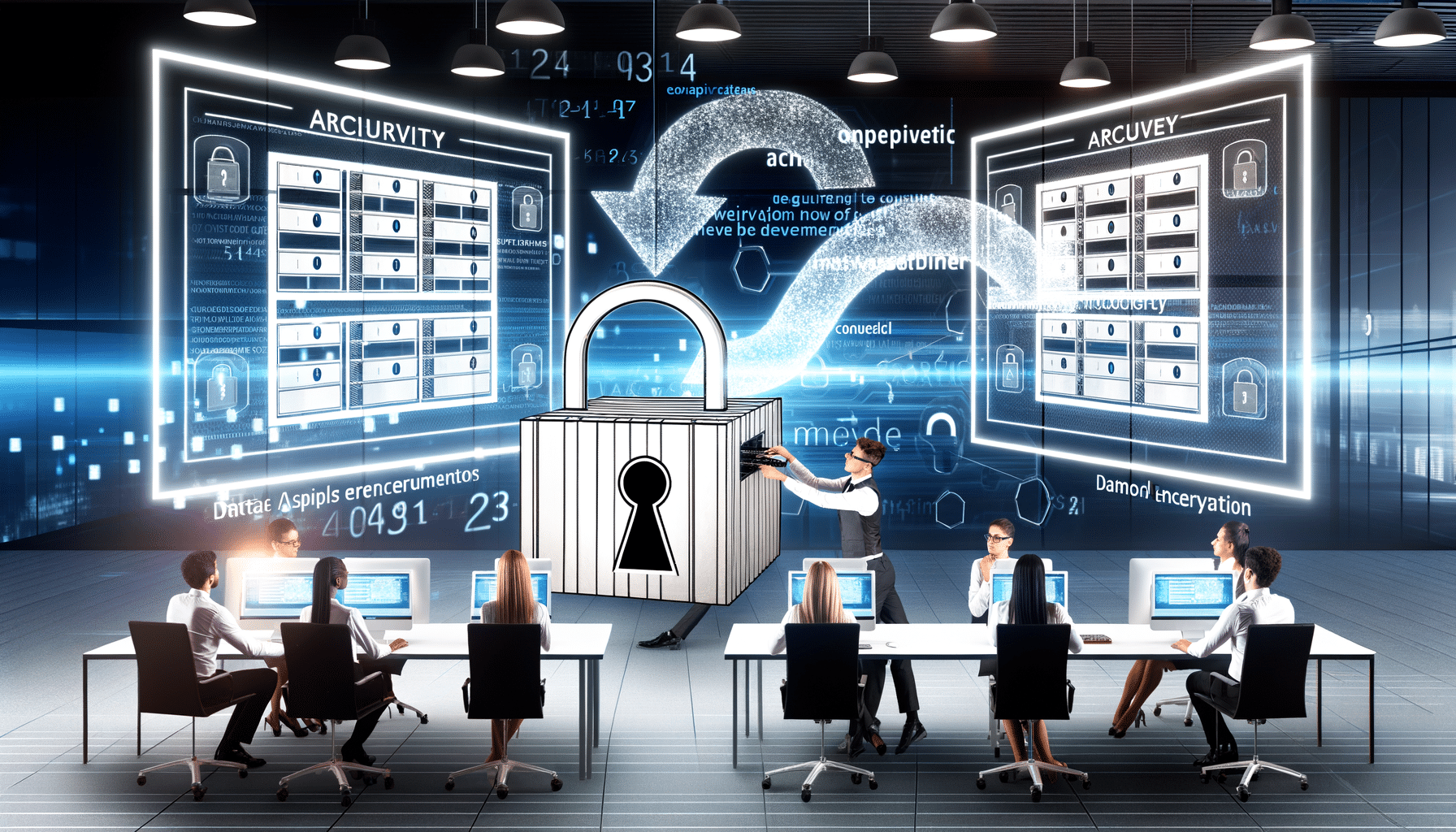Introduction
In today’s digital landscape, the transfer of archived data between systems is a crucial part of data management strategies for businesses and organizations. But as our reliance on data grows, so does the risk associated with moving it. Ensuring that these transfers are secure is paramount. In this article, I will walk you through effective approaches and best practices to securely transfer archived data, addressing the challenges that often accompany this process.
Understanding the Importance of Securing Archived Data
The significance of archived data cannot be overstated. It holds the history and foundational records of an organization, which are often indispensable for compliance, audits, and strategic insights. However, transferring this data demands a meticulous approach to avoid vulnerabilities.
Key Strategies for Secure Data Transfer
When transferring archived data, prioritizing security without compromising efficiency can be balanced with the following strategies:
1. Employing End-to-End Encryption
End-to-end encryption is essential for securing data in transit. This means encrypting the data on the sender’s side and only decrypting it on the receiver’s side.
2. Verification and Authentication
Authentication ensures that both parties involved in the transfer are verified. It is essential to prevent unauthorized access during the data migration process.
3. Use of Secure Transfer Protocols
Selecting the appropriate transfer protocol is crucial for ensuring a secure data transfer framework.
Integrating Blockchain for Tamper-Proof Transfers
Blockchain technology offers an advanced level of security by providing an immutable record of all transactions, including digital data transfers. It can serve as a game-changer for ensuring data integrity.
Data Redundancy and Recovery Measures
While performing data transfers, be prepared for unforeseen events like system failures or breaches:
Ensuring Compliance with Industry Standards
Finally, alignment with industry-specific standards is mandatory when handling archived data transfers:
Conclusion
Transferring archived data securely between systems involves careful planning and execution. By implementing the right protocols, technologies, and strategies, you can safeguard sensitive information while ensuring compliance with industry regulations. At RecordsKeeper.AI, we are committed to helping organizations achieve these goals through our advanced data management solutions that incorporate AI and Blockchain technology for enhanced security and efficiency. I encourage you to discover more about how we can support your data transfer needs, and to stay connected for additional insights and innovations in the world of tech and business entrepreneurship.








